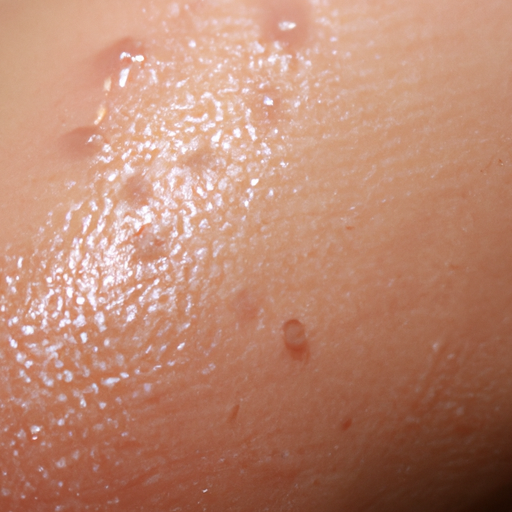As a medical professional, I often encounter patients who are frustrated with their oily skin. The struggle to manage this condition can be a daily battle, but with the right knowledge and tools, it is possible to tame oily skin and achieve a healthier, more balanced complexion. This article aims to provide you with your ultimate guide to managing oily skin.
Firstly, let’s understand what causes oily skin. Our skin has numerous sebaceous glands that produce sebum, a natural oil that helps protect our skin and keep it moisturized. However, when these glands produce too much sebum, it can lead to oily skin, clogged pores, and acne. Factors contributing to excessive sebum production include hormonal changes, stress, humidity, diet, and genetics.
Now that we know the cause, let’s delve into the solutions. Here are some practical steps you can take to manage oily skin:
1. Cleansing: Regularly washing your face is essential for removing excess oil and preventing pore blockages. However, avoid over-cleansing as it can strip your skin of its natural oils, causing your sebaceous glands to produce even more sebum in response. I recommend washing your face twice a day with a gentle, water-soluble cleanser.
2. Toning: A good toner can help remove any oil or dirt left behind after cleansing. Look for alcohol-free toners with ingredients like witch hazel or salicylic acid that can help control oil production without drying out your skin.
3. Moisturizing: It might seem counterintuitive to moisturize oily skin, but skipping this step can actually make your skin produce more oil. Opt for oil-free or non-comedogenic moisturizers that hydrate your skin without clogging your pores.
4. Exfoliating: Regular exfoliation can help remove dead skin cells that can clog pores and increase oiliness. However, be careful not to overdo it, as excessive exfoliation can irritate your skin and trigger more oil production. Aim for once or twice a week.
5. Sunscreen: Sun exposure can trigger oil production and cause long-term damage to your skin. Choose an oil-free, non-comedogenic sunscreen with at least SPF 30.
6. Diet: Certain foods can stimulate oil production. Try to limit your intake of refined carbohydrates, sugars, and dairy products. Instead, opt for a diet rich in fruits, vegetables, lean proteins, and whole grains.
7. Stress Management: High stress levels can stimulate the production of androgens, hormones that can increase sebum production. Incorporate stress management techniques like yoga, meditation, or deep breathing exercises into your daily routine.
8. Medical Treatments: If your oily skin persists despite your best efforts, it may be time to seek professional help. Dermatologists can offer treatments like retinoids, oral contraceptives (for women), or isotretinoin for severe cases.
Remember, everyone’s skin is unique, and what works for one person may not work for another. It may take some trial and error to find the right combination of products and lifestyle changes that work for you.
In conclusion, managing oily skin is not just about using the right skincare products; it’s also about maintaining a healthy lifestyle and managing stress. With patience and consistency, you can reduce the shine and achieve a healthier, more balanced complexion. Always consult with a dermatologist or healthcare provider before starting any new skincare regimen or making significant lifestyle changes.



